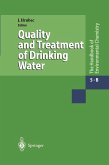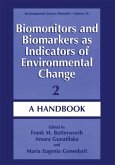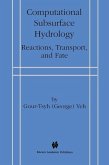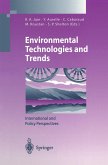Interest in arsenic in ground water has greatly increased in the past decade because of the increased awareness of human health effects and the costs of avoidance or treatment of ground water supplies used for consumption. The goal of this book is to provide a description of the basic processes that affect arsenic occurrence and transport by providing sufficient background information on arsenic geochemistry and descriptions of hi- arsenic ground water, both affected and unaffected by human activity. An understanding of thermodynamics, adsorption, and the speciation of arsenic in solid phases, which are described in first three chapters, is needed to predict the fate of arsenic in ground water systems. Large-scale and deep movement of ground water can and has redistributed arsenic in the near surface environment, as described in the next two chapters. These large-scale systems can affect large volumes of both ground water and surface water, such as in the Yellowstone system, and can produce mineralised zones that subsequently release arsenic to ground water supplies. Regional identification of high-arsenic ground water and its consumption as described in the next three chapters clearly demonstrates a need for increased wat- quality monitoring, particularly in south and southeast Asia. Chapters 9-11 provide examples of high arsenic ground water associated with sulfide mineral oxidation and alkaline conditions. Finally, smaller scale studies of the effects of human activities that have produced high-arsenic ground water and methods for attenuation of ground water are presented.
Dieser Download kann aus rechtlichen Gründen nur mit Rechnungsadresse in A, B, BG, CY, CZ, D, DK, EW, E, FIN, F, GR, HR, H, IRL, I, LT, L, LR, M, NL, PL, P, R, S, SLO, SK ausgeliefert werden.









